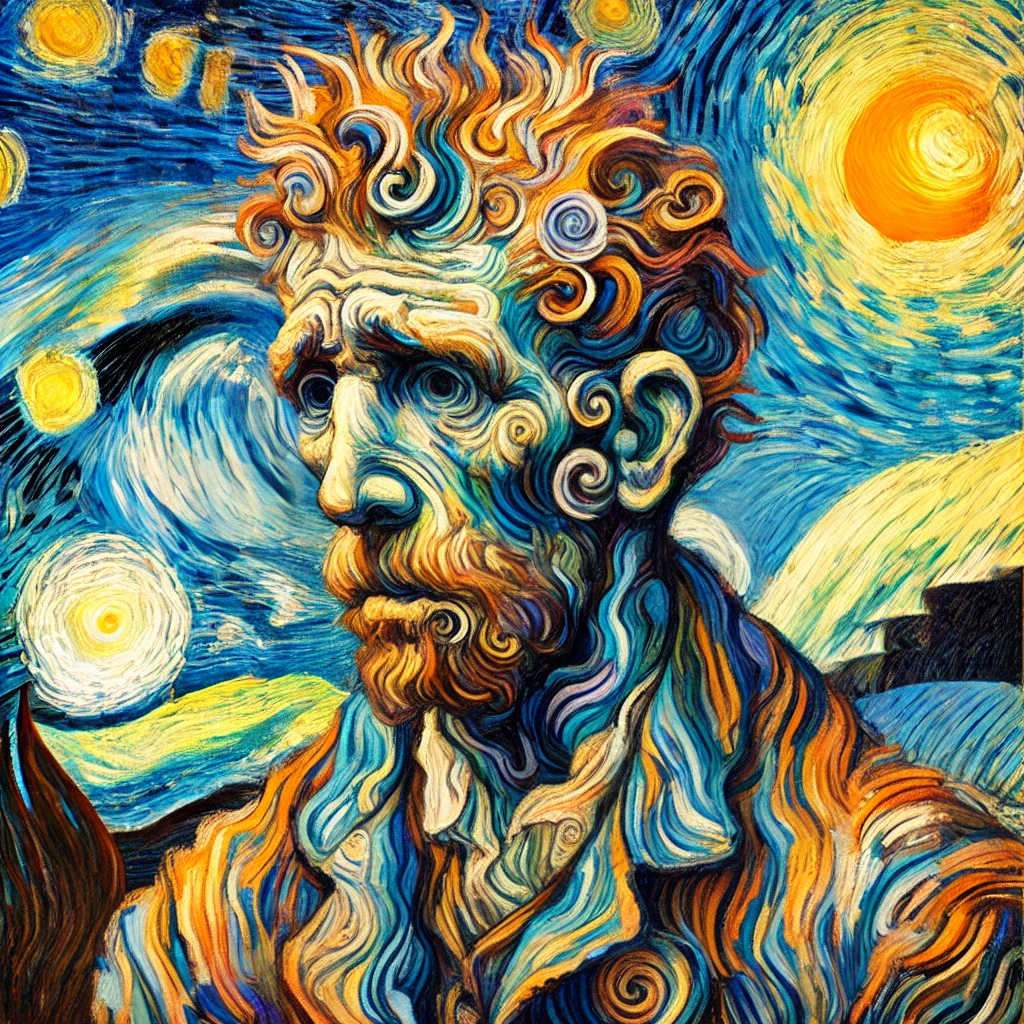The Elephant Man: The Life and Struggles of Joseph Merrick
Joseph Merrick, the “Elephant Man,” faced intense stigma due to his physical condition, leading to social rejection and exploitation. Yet, through resilience, intellect, and compassion from a few, he found dignity. His life teaches us the power of acceptance, kindness, and inner strength.

Introduction
Joseph Merrick, better known as the "Elephant Man," lived a life marked by intense stigma and isolation. Born in 1862 in Leicester, England, Merrick suffered from severe physical deformities that puzzled medical experts of his time. His condition, believed to be a combination of Proteus syndrome and neurofibromatosis, led to his exploitation in human curiosity exhibitions and made him a subject of public fear and fascination. Yet, beneath the outward appearance that invited ridicule, he was an intelligent, gentle, and deeply introspective individual.
Victorian society, rigid in its norms and unforgiving in its treatment of those who did not conform, placed Merrick on the margins. His story is a powerful reflection on the stigma that people with visible disabilities have historically faced, and the ways in which societal rejection can shape a person’s existence. Despite his hardships, he found dignity and friendship in his later years, offering profound lessons on resilience, acceptance, and the human need for compassion.
The Stigma Joseph Merrick Faced
Merrick’s life was shaped by multiple layers of stigma, each compounding his suffering and limiting his opportunities for a normal existence.
1. Physical Appearance and Social Rejection
In an era when deformity was often equated with moral failing or divine punishment, Merrick’s appearance led to immediate social ostracization. His enlarged head, thickened skin, and contorted limbs made him an object of horror for the public. From childhood, he was mocked and shunned, reinforcing the idea that his value was defined by his appearance rather than his character or intellect.
2. Exploitation in Freak Shows
Unable to secure regular employment due to societal prejudice, Merrick turned to sideshows, where his body became a spectacle. While these exhibitions provided him with some financial means, they also reduced him to an oddity, fueling the stigma that he was something other than human. The Victorian "freak show" culture thrived on reinforcing the idea that individuals like Merrick were anomalies to be gawked at rather than understood.
3. Medical Objectification
Even within the medical field, Merrick was often treated as a curiosity rather than a patient. Physicians and researchers were eager to study him, yet few initially showed interest in his emotional and psychological well-being. The focus remained on his deformities rather than his humanity, illustrating how stigma can exist even within institutions meant to provide care and support.
4. Assumed Intellectual Inferiority
Many assumed that his physical deformities extended to his mind, treating him as though he were incapable of deep thought or emotion. In reality, Merrick was highly intelligent, well-read, and articulate. His love for literature, poetry, and personal reflection was at odds with the way society perceived him, highlighting how stigma can obscure an individual’s true identity.
How He Handled These Challenges
Despite the numerous hardships he faced, Merrick developed strategies to navigate a world that often viewed him with fear or pity.
- Seeking Employment on His Own Terms – After failed attempts at traditional work, Merrick took control of his narrative by joining sideshows, ensuring that he had some agency over his life rather than being entirely at the mercy of charity.
- Finding Intellectual and Emotional Solace – Reading and writing allowed him to express himself in ways that others refused to acknowledge. His letters and reflections reveal a man of depth, wit, and profound insight.
- Building Meaningful Relationships – When he was taken in by Dr. Frederick Treves at the London Hospital, Merrick finally found a place of safety. Through Treves and a few select visitors, he experienced genuine friendship, proving that human connection was possible despite societal prejudice.
- Maintaining His Dignity – Even as a medical curiosity, Merrick conducted himself with grace. He rejected self-pity, choosing instead to focus on the small joys in life, from crafting models to engaging in conversations with visitors.
Lessons We Can Learn
Merrick’s life, though filled with hardship, offers valuable insights into human dignity, societal prejudice, and the power of resilience.
- Stigma Dehumanizes, but Acceptance Restores – Society often defines individuals by what makes them different, rather than recognizing their shared humanity. Merrick’s story reminds us that true acceptance can transform a life.
- Physical Appearance Does Not Determine Worth – Merrick’s intelligence and kindness far surpassed the superficial judgments placed upon him. His life challenges the notion that beauty or normalcy equates to value.
- Compassion Can Change Lives – The kindness of a few, particularly Dr. Treves, allowed Merrick to experience dignity and peace in his final years. It only takes small acts of understanding to counteract a lifetime of stigma.
- True Strength Lies in Facing Adversity with Grace – Despite suffering, Merrick maintained a remarkable sense of hope and appreciation for life. His ability to endure without resentment is a testament to inner resilience.
Conclusion
Joseph Merrick’s story is one of pain, perseverance, and ultimate dignity. Though the stigma surrounding his appearance dictated much of his early life, he was able to carve out a space where he was seen as more than his condition. His life has inspired countless people, including filmmakers—most notably in the 1980 movie The Elephant Man, which helped bring his story to a wider audience and challenge misconceptions about those with physical differences.
Today, his legacy stands as a reminder that stigma, though powerful, can be overcome by kindness, self-acceptance, and the willingness of society to embrace those who are different. In honoring his story, we are reminded of our collective responsibility to foster a world where no one is defined solely by their struggles, but rather by the full depth of their humanity.
